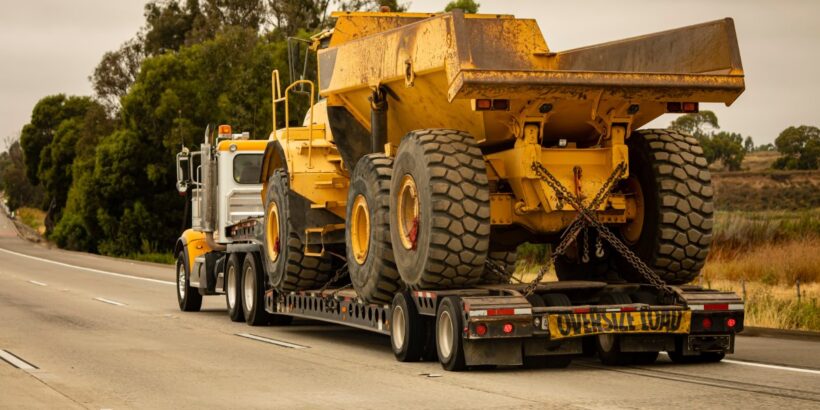Do you need to move your fleet of vehicles from one location to another? One wrong decision in moving your entire fleet can lead to unnecessary expenses and operational headaches. Managers juggling tight schedules, regulations, and valuable equipment know that every step matters. That’s why avoiding costly mistakes in fleet relocation remains a top priority for businesses determined to protect their assets and keep operations on track.
Proper Planning and Documentation
The foundation of a successful fleet move is a detailed plan. The plan should begin with a complete inventory of all vehicles, noting their condition, size, and operational status. Accurate documentation is critical for insurance and liability purposes.
Create a timeline that accounts for every stage of the relocation, from pre-transport preparation to final delivery and inspection. This organized approach helps identify potential issues before they become expensive problems.
Navigating Compliance and Regulations
Moving multiple vehicles, especially across state lines, involves a web of regulations. Each state has its own rules for vehicle transport, including permits for oversize loads and specific requirements for commercial vehicles.
Failing to secure the right permits or adhere to Department of Transportation (DOT) regulations may result in fines and delays. A knowledgeable logistics partner understands these requirements and manages the necessary paperwork.
Selecting the Right Logistics Partner
Your choice of a transportation provider directly impacts the success of your relocation. Look for a partner with proven experience in moving fleets of your specific vehicle types, whether they are cars, trailers, or heavy equipment.
A reputable company will be transparent about its insurance coverage, licensing, and safety record. Inquiring about their experience can reveal their capability to handle unique challenges, such as any difficulties with shipping a semitruck. Vetting potential vendors thoroughly is a key step in safeguarding your assets.
Preparing Your Vehicles for Transport
Proper preparation protects your vehicles during transit. Protection protocol includes conducting mechanical inspections, removing personal and loose items, and documenting any existing damage with photos.
For specialized or oversize vehicles, additional steps might be necessary, like securing loose components or lowering antennas. These small actions prevent damage claims and keep the relocation on schedule.
Effective Communication and Tracking
Maintaining clear communication with your logistics provider throughout the process is vital. A reliable partner will offer a point of contact and provide regular updates on the status of your fleet.
Access to tracking information gives you visibility into your assets’ location and estimated arrival times. Therefore, your team can plan accordingly. This constant flow of information minimizes uncertainty and allows for quick adjustments if any issues arise.
Assessing Post-Relocation Performance
Evaluating your fleet after relocation is an important final step. Once vehicles arrive at their new destination, conduct another inspection to confirm they remain in the same condition as documented before transport. Review operational readiness and identify any issues that may require attention before the fleet resumes normal operations.
Gathering feedback from team members involved in the move can highlight areas to improve for future relocations. This continuous review sharpens logistics processes and helps maintain a high standard of efficiency.
Successfully moving a company’s vehicle fleet demands attention to detail and proactive management. With a little help, your business can navigate the complexities of the process. This disciplined approach is the most effective way of avoiding costly mistakes in fleet relocation and protecting your investment.
